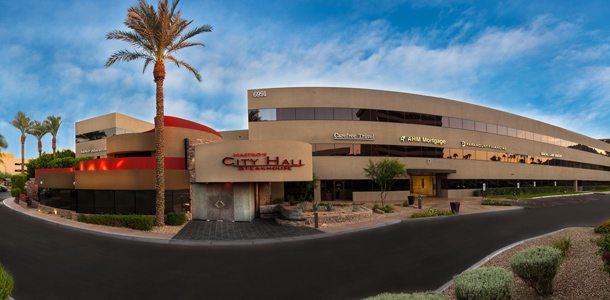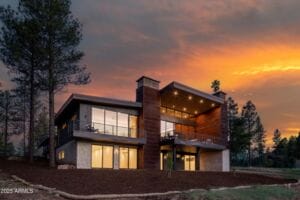An atrium’s high-reaching archway floods with sun throughout the day, but after the sun sets, lights installed along the ceiling kick on. Over time, those lights’ bulbs will burn out and it’ll fall on a CPM such as Alisa Timm, director of management services at Lincoln Property Company, to figure out how to change those out. The problem is they’re really up there. They’re so high, she says, that not even a lift would be enough to change them. At one of the brainstorming sessions, it was once even suggested the company should hire rock climbers to rappel into the atrium to change the lights. This beautiful design has just proven to have a really expensive operational cost. “That’s one expensive light bulb,” says Timm.

This is a case she makes for developers to utilize the insights of property managers when designing a building. While it’s not always such extreme issues as the bulb example, sometimes the insight can be as helpful as not installing an HVAC system above a conference room. More property managers, she says, are being brought into build-to-suits (BTS) in the Valley. In late January, LPC broke ground on the 258KSF office campus Waypoint, which is already 50 percent leased to American Traffic Solutions. However, Waypoint is just one of many BTS developments coming to the Valley, others include the State Farm Campus at Marina Heights, Garmin headquarters, GM IT Innovation Center, GoDaddy Global Technology Center and Isagenix at Rivulon in Gilbert.
Bret Borg, president of Borg Property Services LLC, says property managers have been particularly in high demand for office projects, like the ones listed above.
“If people can understand the way office buildings work, every dollar you save is probably $12 in value added to the building, in the landlord’s pocket,” he says.

While working with Opus-West, Borg said property managers were even brought in to work on the parking garage of the Collier Center and advised on often overlooked issues such as the need to have a janitorial closet on every floor of a high-rise to save on costs for janitors to travel between floors to empty mop buckets.
“Solar is the biggest thing right now, trying to figure out whether it’s worth it,” Borg adds. “For the first few years, it’s a great option. Certainly there are some governmental incentives we can educate people on.”
He adds, “It’s encouraging that the operational side is getting more attention than it used to.”
Timm was one of many property managers who saw a return of leasing and market appropriate property management fees as vacancies decreased in 2014. LPC’s Camelback Square, a 173KSF business park with class-A office space, saw occupancy rise from 53 percent to 92 percent in a 24-month period. Rental rates increased by 13 percent per square foot (PSF).
“What that means for the client and customer/tenant is that the talent we’re able to pay to service that building is better,” Timm says. “The things we’re able to do in the building: keeping it maintained, up to standards … we can provide better services. The ripple effect is we can upgrade our software, hire more people, our offices expand and we rent more space.”
The Great Recession has led to The Great Exchange, the movement of properties by value-add buyers who purchased half-filled properties and return them to the market at 80-percent occupancy. This has helped institutions see Phoenix as a more stabilized market, says Timm.
“We saw a bunch in Camelback Square trade because value-adds came in,” says Timm of LPC.
Another popular turnabout for properties facing difficulties such as obsolescence can benefit from what Timm calls “white boxing.” This is how LPC approaches out-dated office suites. It costs about $6 to $8 PSF to white box, which essentially creates space in an office in ceiling heights and workplace openness.
“A lot of owners have a tenant improvement allowance and don’t want to spend it all at once. It’s our job to show them how successful they can be,” Timm says. “Every single day a tenant is not in a building, our client suffers.”
She recalls a property LPC tried to market for more than a year. After convincing the owner to white box, it leased in six months.
As a case study, Timm accepted the challenge to re-energize a class-A office building in metro Phoenix to increase leasing activity. The approach was to demo, redesign and construct vacant suites to increase the lease-ability of the office building. Overall construction costs came out to $20 PSF. Two suites were leased on 5+ year terms within four months of completion at rates between $21 and $22 PSF. The suites reportedly increased the building’s value with a combined transaction value of nearly $1 million.
Expect property managers to set off more than a few light bulbs in coming months.




